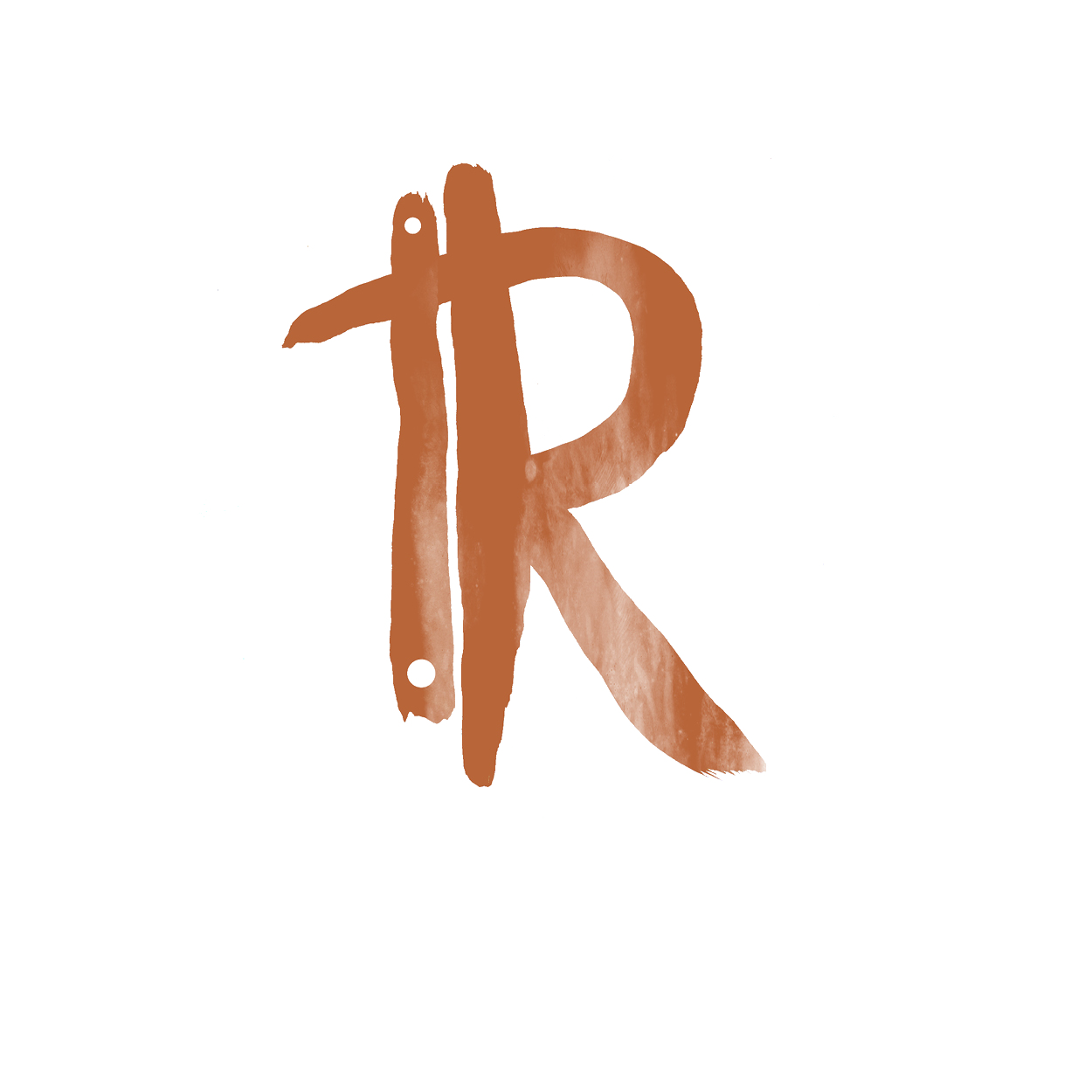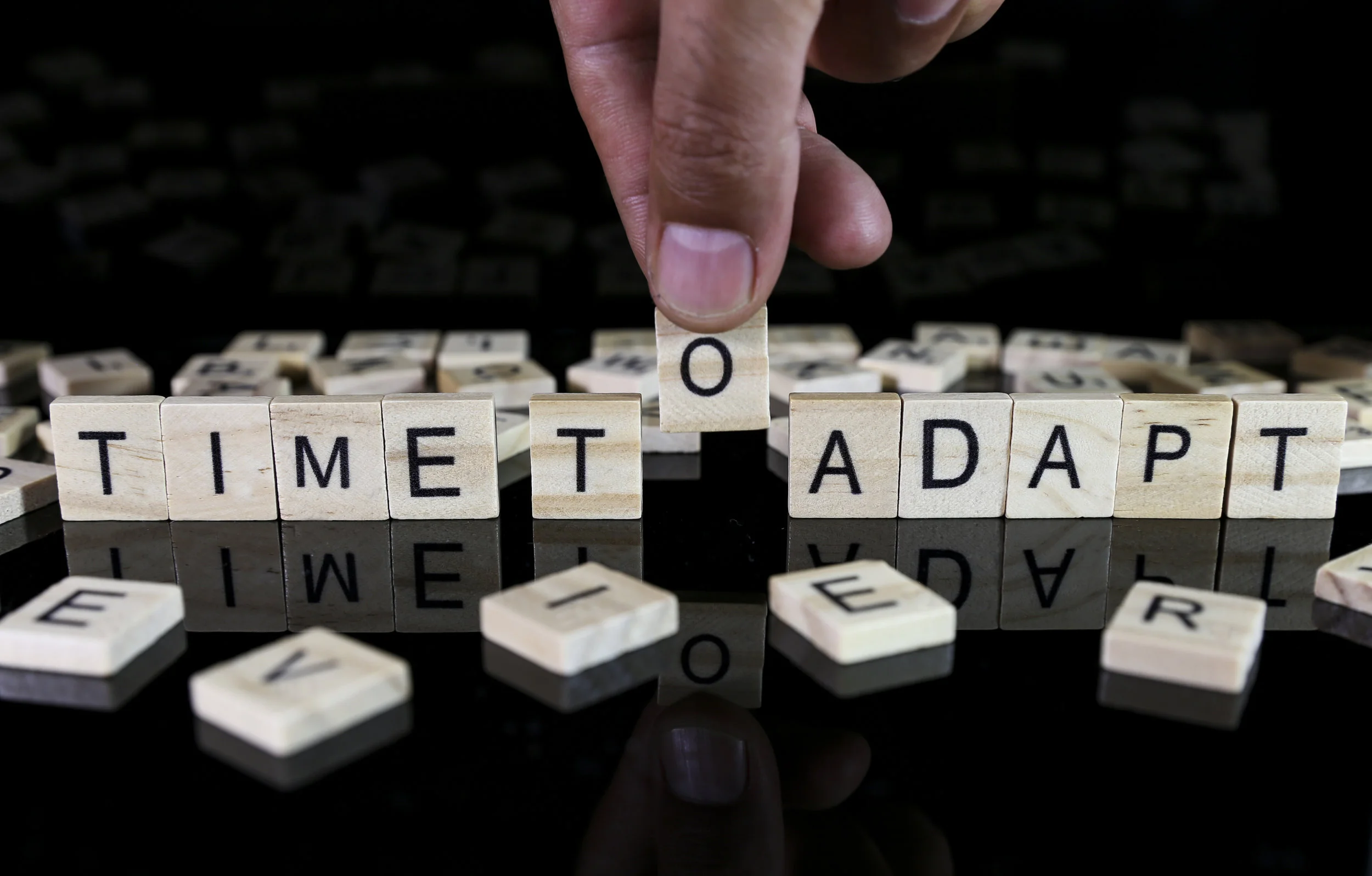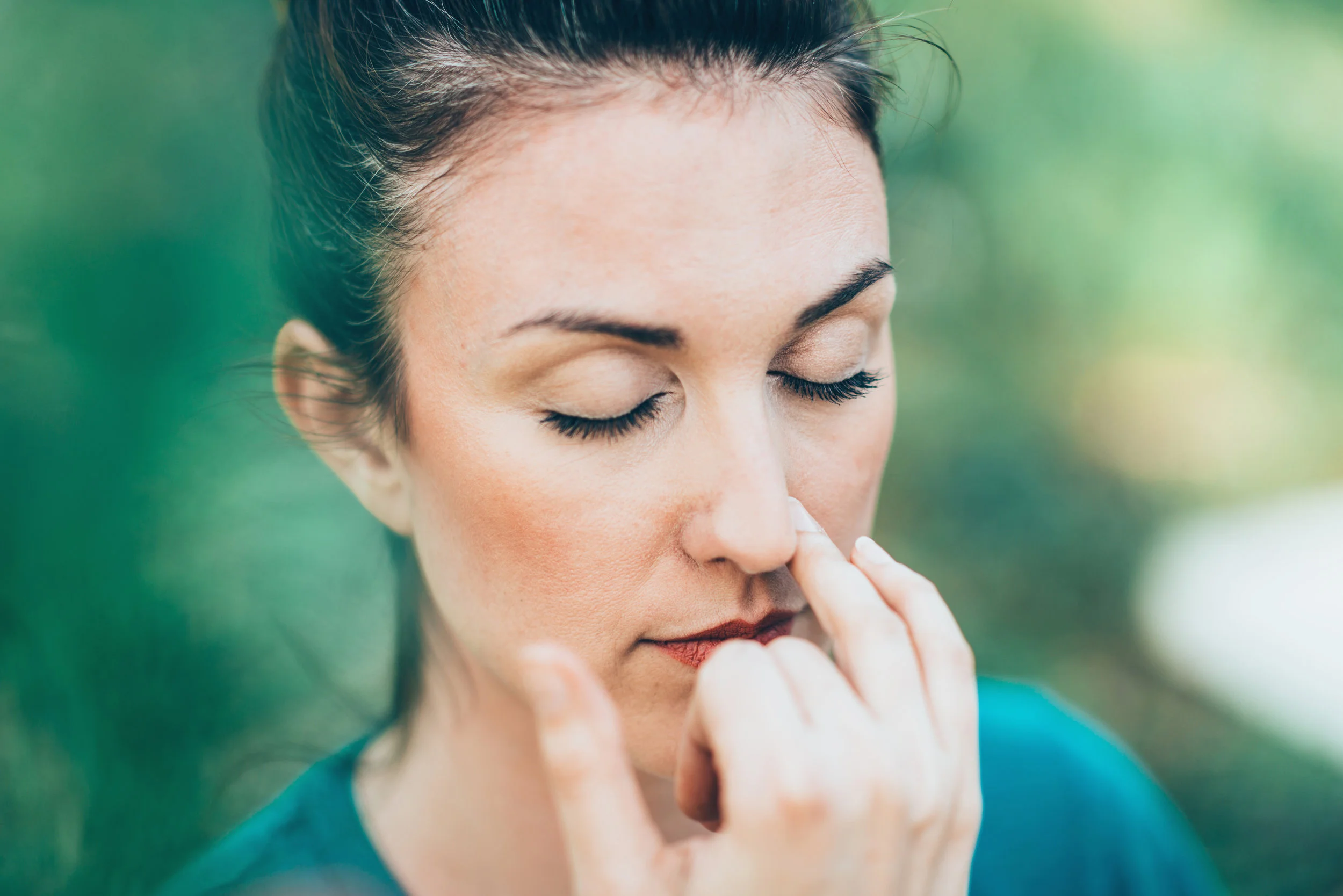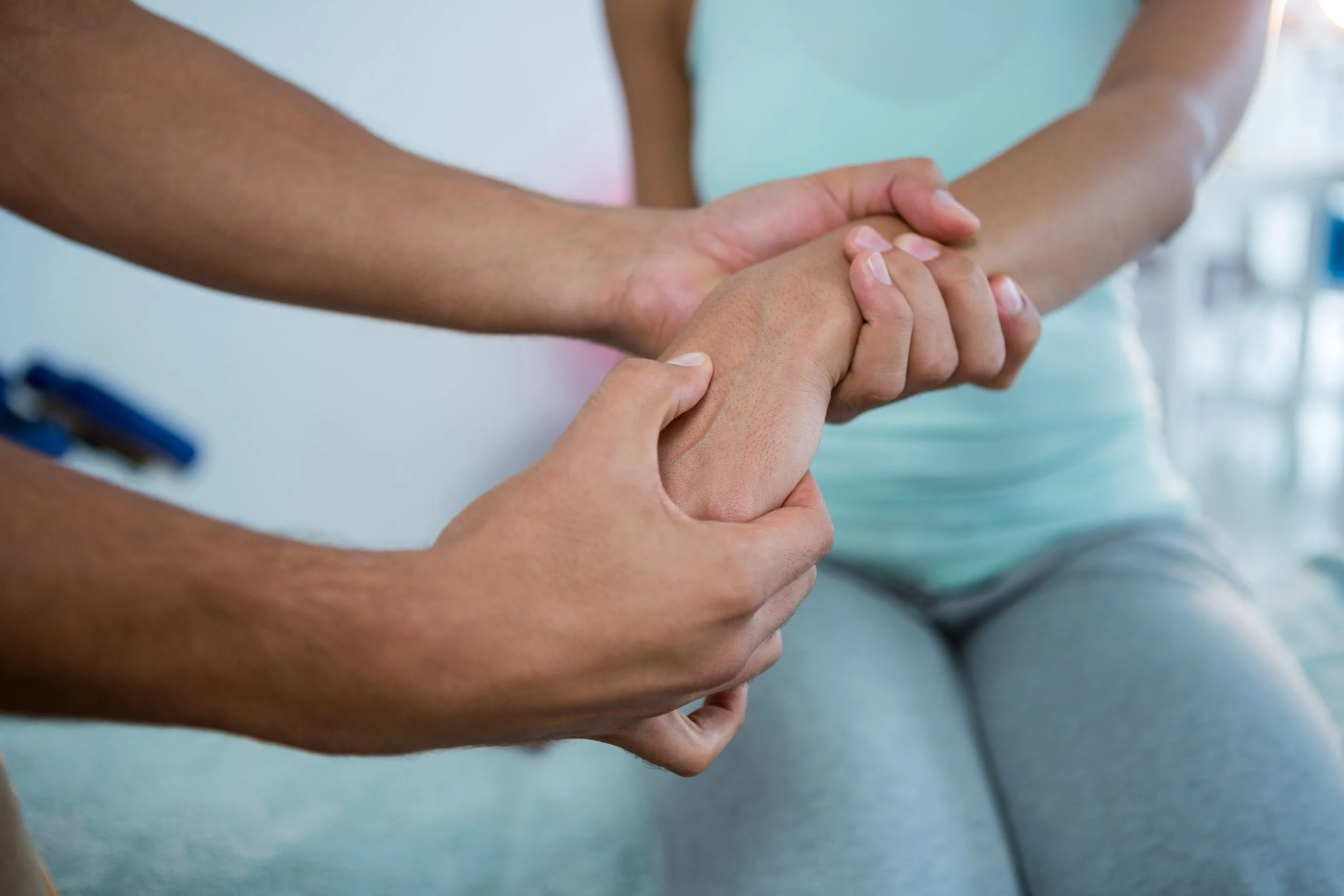I first learned about the traditional Chinese therapy called gua sha on Instagram, of all places. I was looking at photos of cupping and accidentally clicked on someone’s photo that was labeled with #guasha. FYI, if you ever want to be terrified, click on that hashtag; it’s all images of people who look like they’ve been mauled by tigers. And yes, I was instantly intrigued.
As with most things Traditional Chinese Medicine-related, I turned to my longtime acupuncturist, Paul Kempisty, for insight. While lying face-down on a table, waiting for him to turn me into a human pin cushion, I casually asked him, “So, what’s the deal with this gua sha thing?”
“It’s a traditional treatment for pain relief similar to cupping,” he answered. “But way more intense.” The next question out of my mouth: “When can we do it?”
Scraping skin surface for better health
In Chinese, “gua” means “to scrape” and “sha” loosely translates to “sand” and refers to the rough, sand-like rash and bruises created by the treatment. The technique itself pretty much consists of intense scraping of specific areas of pain or discomfort, usually on (but not limited to) the back, neck, or shoulders. The centuries-old practice is typically used to help us modern urbanities with chronic pain, extreme muscle tightness, or musculoskeletal injuries.
During a gua sha treatment, your practitioner uses various hard-edged tools to break up tough knots or problem areas in the fascia (aka muscle tissue). According to Chinese medicine, not only does this help relieve pain, but it also increases blood flow, which can clear toxins, reduce chronic inflammation, and increase immune response in the body. A small number of studies—like this one (which focused on neck pain)—have shown gua sha to be effective in short-term relief from chronic pain, but the long-term effects have yet to get the full scientific workup.
That said, Western medicine also embraces the technique. Of course, you’ll hear it called instrument-assisted soft tissue mobilization (or Graston Technique, which counts none other than Justin Bieber among its converts) instead of gua sha, but the treatment is remarkably similar, confirms Dr. Jay Greenstein, CEO of Sport and Spine Rehab in Maryland and a certified Graston Technique practitioner, who typically uses it for acute or chronic conditions from muscle spasms to plantar fasciitis.
What gua sha really feels like
I personally suffer from chronic neck and shoulder pain. I’ve tried acupuncture, massage, craniosacral therapy, chiropractic work, and energy healing to work it out, all to no avail. Gua sha has been rumored to have miraculous effects for some people with long-term pain—would it work for me?
When I arrived for my treatment, Kempisty showed me the tools he would be using. One looked like the spoon you’d eat a soup dumplings with, and the other looked like a thick shoe horn. Not exactly high-tech, but I remained optimistic.
As I settled onto the table, Kempisty nonchalantly asked, “So, you don’t have to be in a bathing suit anytime soon, right?” I assured him I did not and he responded, “Okay good, because you’re going to look pretty… crazy.” Famous last words.
The treatment was brief but intense. It took no more than six or seven minutes of Kempisty aggressively scraping his tools along my neck, back, and shoulder (with plenty of body oil to keep my skin from totally tearing) before I could no longer stand the sensation. Afterwards, my back felt hot—more like a sunburn than anything else.
Hickeys and healing?
I went home without thinking much more about it. My shoulder wasn’t really hurting (although the pain typically comes and goes, so that didn’t mean much at the time). I forgot all about the treatment until I was changing into my pajamas that night and caught a glimpse of myself in the mirror. My whole back was covered in what can only be described as giant hickeys. True to my acupuncturist’s words, a bikini would be a bad idea right now.
A few days later, Kempisty texted, “So how’s your shoulder?” I realized I hadn’t thought about it for the better part of four days (which hasn’t happened in years). “Better!” I responded excitedly. “When can I come back?”
He told me to be patient. “I recommend that someone only do a second treatment after the ‘sha’ bruises have completely healed and faded,” he explained. So, I’m tapping my foot waiting for my next appointment—and scaring everyone in my yoga classes with my crazy bruises in the meantime. But it’s been almost a week now, with pretty much no pain in my neck at all—and for that alone, I’d say the bruises are absolutely worth it.
This article originally appeared on Well + Good & written by Victoria Lewis.











![Self-regulation “control [of oneself] by oneself"](https://images.squarespace-cdn.com/content/v1/55563e14e4b01769086817cb/1542845645966-PO2HGKF5JLUBM45UIWQ3/wee-lee-790761-unsplash.jpg)



















